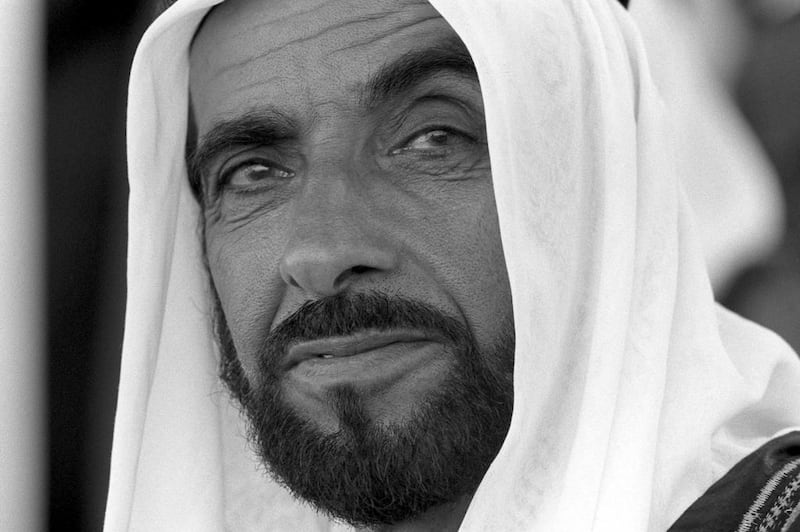ABU DHABI // Scientists undertaking fieldwork in the country’s deserts in the 1990s were surprised to find enclaves that were teeming with wildlife, despite there being no official protected areas.
Professor Robert Kenward was working on a falcon-reintroduction programme in 1991 for the National Avian Research Centre, which later became part of the Environment Agency Abu Dhabi.
He said: “These biologists suddenly found that there were places filled with untouched wildlife – they were surprised to find them.”
Across the rest of the Gulf, wildlife numbers were declining, mainly because of hunting and growth of human populations.
The reason the UAE seemed immune to this, Prof Kenward later found out, was because of the Founding Father, Sheikh Zayed.
“About 40 years ago, he set up experiments as he thought that there was pressure on grazing in the desert,” the professor said.
“Although he wasn’t following any science, this just shows how incredibly wise he was.”
In the early 1970s Sheikh Zayed had high fences erected to close off areas of the desert, and keep out grazing animals. Prof Kenward said the pressure of a growing human population required more agriculture and that, coupled with increased hunting, would bring about wildlife degradation.
“However, very often you can make small changes that can bring wildlife back,” he said.
“Just leave little bits, because agriculture becomes intensive and just removes everything, and Sheikh Zayed did that back in a time when most people weren’t concerned.”
Prof Kenward said Sheikh Zayed summoned hunting enthusiasts and explained the makeshift preserve to them.
“Hunters are, after all, some of the most important wildlife conservationists,” he said.
Sheikh Zayed also set up these informal wildlife reserves partly to preserve the houbara, said Mohammed Al Baidani, director general of the International Fund for Houbara Conservation.
He said Sheikh Zayed was aware that the bird’s numbers were in serious decline.
The first effort for houbara conservation started in the 1970s. Sheikh Zayed directed falconers to enclose these areas, Mr Al Baidani said.
“Sheikh Zayed had a sense for the future, he had a knowledge that the houbara was declining.
“Knowing also that the range of hunting of the houbara by people in the region was encroaching on its breeding grounds, Sheikh Zayed raised the alarm,” he said.
Mr Al Baidani said Sheikh Zayed was not only aware of the possibility that the houbara could face extinction, the Founding Father also knew that disrupting the breeding grounds could hasten this process.
“The first efforts were done in Al Ain Zoo by him, to improve the habitat of the birds,” Mr Al Baidani said.
“The first chick came in 1992, so then we established from that a well established scientific centre.”
Mr Al Baidani said that so much of the work done in conservation stems and continues to build on Sheikh Zayed’s insight.
nalwasmi@thenational.ae





